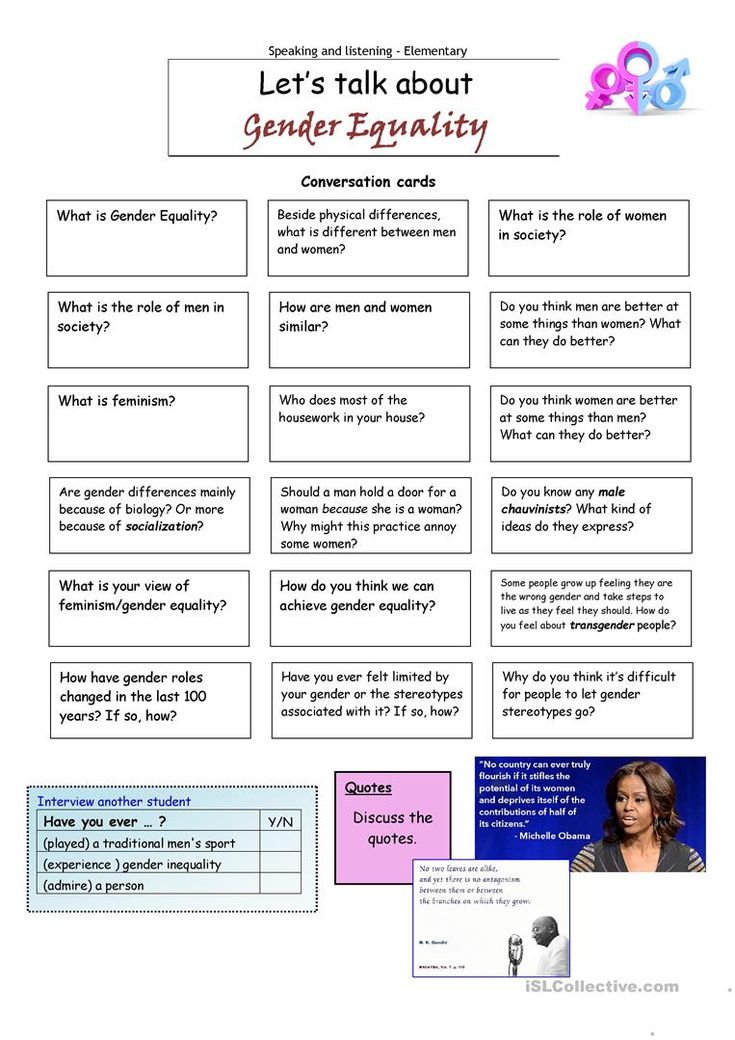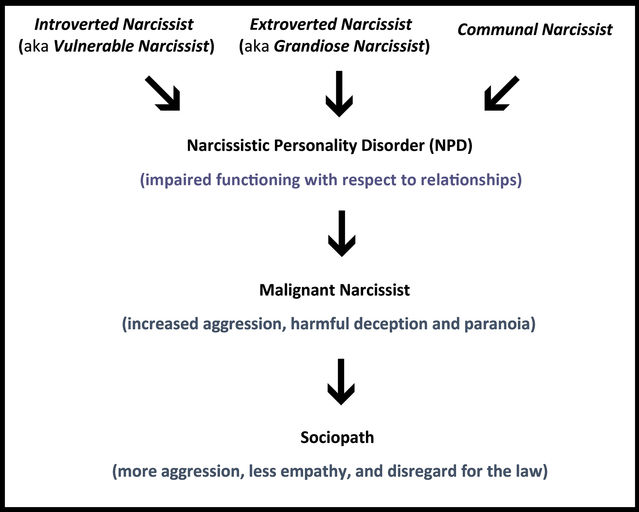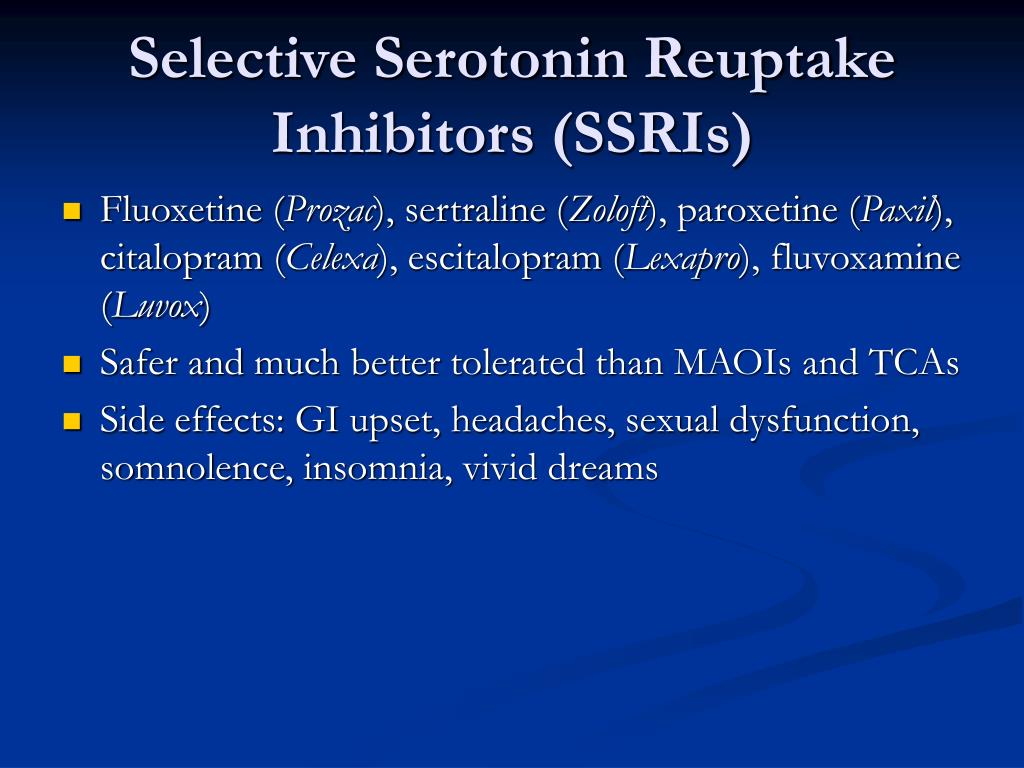Does anxiety ever go away
How Long Does Anxiety Last? What You Need To Know About Living With Anxiety
Content
- Overview
- When does anxiety become an anxiety disorder?
- Symptoms
- How long does an anxiety disorder last?
- Timely diagnosis is important
- What does research indicate?
- The risk of relapse
- Why does an anxiety disorder come back?
- How to live with anxiety and recover
- The lowdown
Feeling anxious is an overwhelming emotion, and we all feel it from time to time. The simplest way to understand anxiety is as a stress response — also known as “fight or flight” mode.
While it might sound counterintuitive, anxiety can occasionally serve a purpose — like when you recognize a potentially life-threatening situation and take swift action to avoid it.
However, once that threat or stressful moment passes, the anxiety usually disappears. For some people, anxiety can get extreme and outlive its short-term helpfulness to the point that it’s debilitating.
So, if your anxiety is persistent or crops up when there’s no apparent reason, you might be wondering, “How long does an anxiety disorder last?”
The answer is it depends on the person. An anxiety disorder can last anywhere from a few months to many years. It will go away completely for some, and for others, it may be a lifelong condition to treat. Keep reading to learn more and find out about the manageable factors.
Have you considered clinical trials for Anxiety?
We make it easy for you to participate in a clinical trial for Anxiety, and get access to the latest treatments not yet widely available - and be a part of finding a cure.
Check your eligibility
Approximately 31.1% of American adults will develop an anxiety disorder at some time in their lives¹.
The medical definition of an anxiety disorder is when worrying stops you from functioning normally, is out of proportion to the circumstances, and you experience it most days, for six months or longer¹.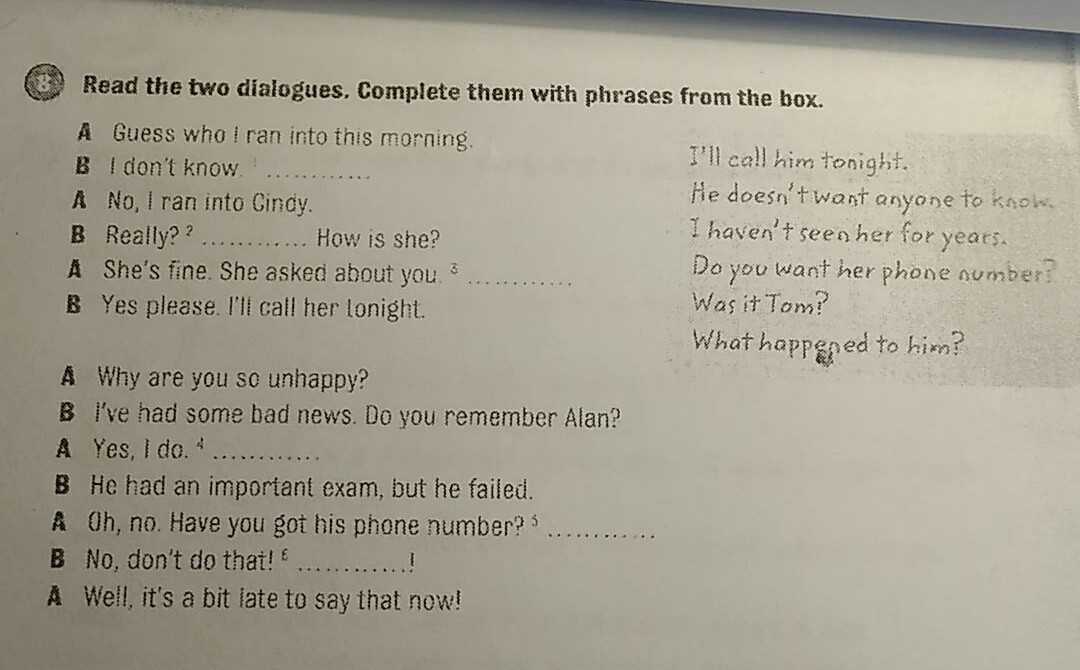
Anxiety disorders are generally associated with having constant and excessive fear or worry in everyday life, with an urge to avoid situations connected to this fear.
Unlike the occasional bout of anxiousness, chronic anxiety doesn’t come and go on its own—the stress response is constantly activated.
There are several types of anxiety disorders. These include:
Generalized anxiety disorder: Constant and excessive worry or stress that interferes with everyday activities
Panic disorder: Recurring, sudden panic attacks, accompanied by physical and psychological distress
Social anxiety disorder: Overwhelming worry and discomfort in social situations, with a fear of embarrassment, rejection, humiliation, or being looked down upon
Phobias: Intense and persistent fear of a certain thing(s) or situation(s), out of proportion to the actual threat
Separation anxiety disorder: Extreme fear of separation from a person or fear that something terrible will happen to a loved one
Anxiety can make you feel tense or worried, and you may notice that it heightens your alertness.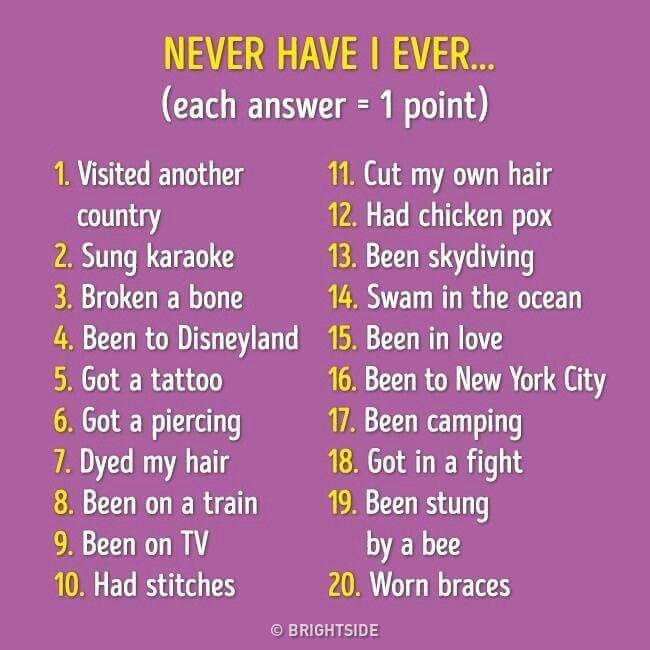
For example, when you’re anxious, you might feel sweaty, your heart might race, and your breathing becomes faster than usual, or you suddenly realize that you’ve been holding your breath.
There is no set timeframe for how long an anxiety disorder is expected to last, it is highly individual. However, there are some known factors you should be aware of.
According to one three-year study² factors for anxiety disorder duration include:
Being in an older age group
Lacking a paid job
Living alone
Having a physical disorder or poor physical functioning
How quickly you’re diagnosed and treated
The type of anxiety disorder (social anxiety disorder tends to have a longer duration and slower response to treatment)
Having multiple anxiety disorders
One of the guidelines for diagnosing generalized anxiety disorder is having severe, persistent anxiety and symptoms for at least six months.
From the time of diagnosis, an anxiety disorder can last from a few months to many years.
Most people will have symptoms of an anxiety disorder for a long time before seeking professional help, sometimes up to 15 years³.
Without any intervention, anxiety disorders can worsen over time and prolong the impact on your everyday life.
Anxiety can lead to other psychological and physical problems, such as depression, insomnia, social isolation, substance abuse, and gastrointestinal problems.
The evidence indicating how long anxiety disorders tend to last shows mixed results. Anxiety disorders can be long-lasting, but full recovery is also possible.
Data from the Netherlands Mental Health Survey and Incidence Study-2⁴ indicates
Even after recovering from an anxiety disorder, you will still experience anxiousness. However, instead of the persistent symptoms of a disorder, you will feel occasional anxiety that switches “on” and “off” in response to stress.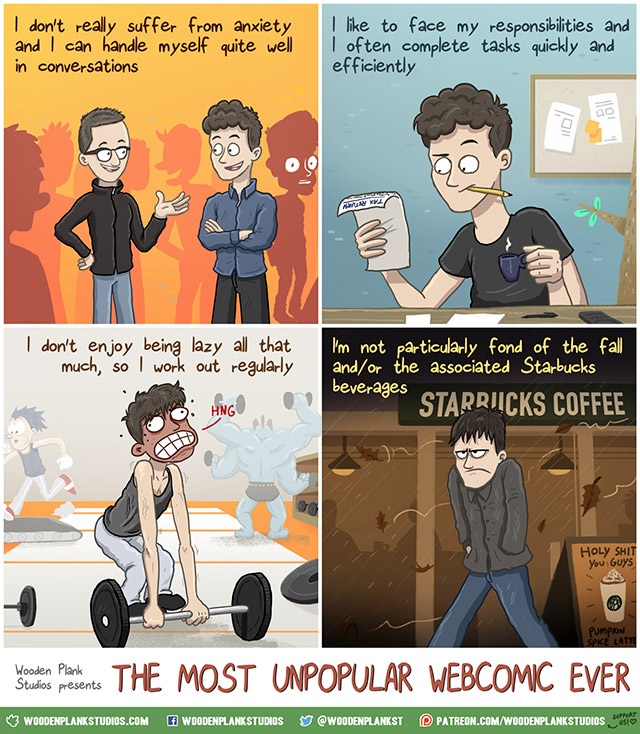
Some people experience a relapse even after they appear to have recovered from anxiety. Statistically, this seems most likely to happen after the 3-year⁵ point of treatment and recovery.
In response to stopping anxiety medication
It can be tempting to stop medicating your anxiety once you start to feel better. However, it’s vital to speak to your doctor before making any changes. Medications usually take time to work, but once they start, they continue to have a beneficial effect over time.
A third⁶ of people who suddenly stop taking antidepressants midway through treatment relapse.
Suddenly stopping medication can also cause withdrawal symptoms that closely mimic anxiety.
Other possible factors include:
Stressful life events
Other mental health conditions
Having anxiety-like symptoms that don’t quite meet the diagnostic criteria for having a disorder
Finding constructive ways to cope with your anxiety disorder can empower you to return to your usual activities and feel positive about your well-being and relationships.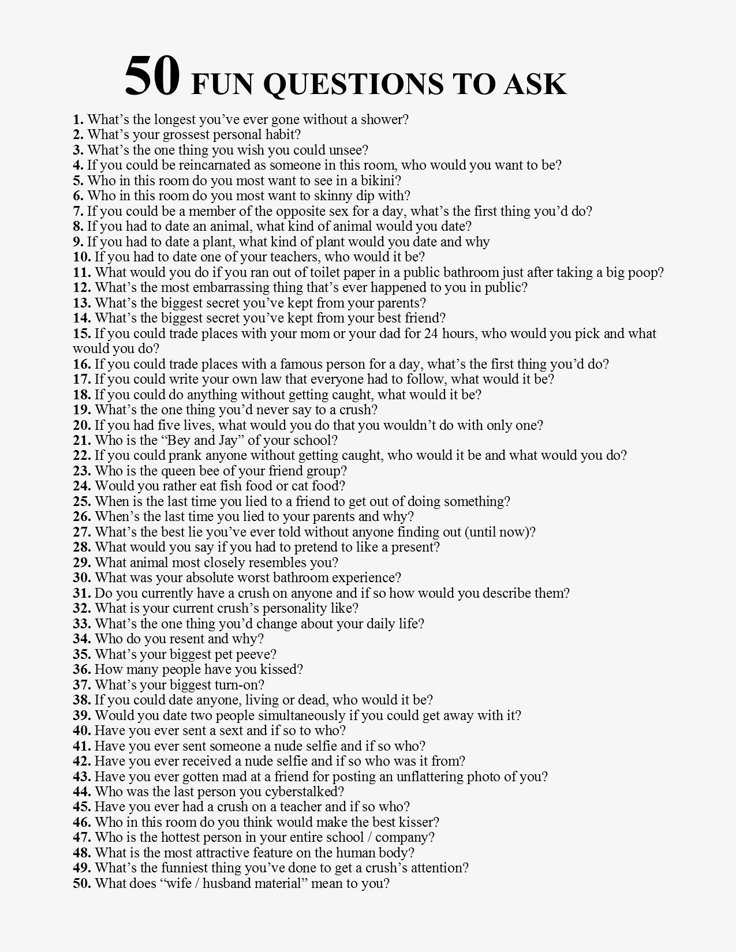
Targeting both the physical and psychological aspects of anxiety disorders through treatment will help you better manage your anxiety.
Here are some evidence-based ways to help you live with and recover from anxiety:
See a healthcare professional
A healthcare professional can help you undergo a mental health assessment and offer various treatment options or medications. This can be your main doctor or a psychiatrist.
The sooner you explore treatment options, the better your outcome is likely to be.
How to Find the Right Doctor to Help With Your Anxiety
Exercise and make other lifestyle changes
Making lifestyle changes such as regular exercise, prioritizing sleep, stepping away from social media, eating a balanced and nutritious diet, reducing or eliminating alcohol and caffeine intake, quitting smoking, and maintaining a good support network can all help manage your anxiety.
Stick to your recommended treatment plan
This may involve taking medications as prescribed, going to appointments, or following up on homework between therapy sessions.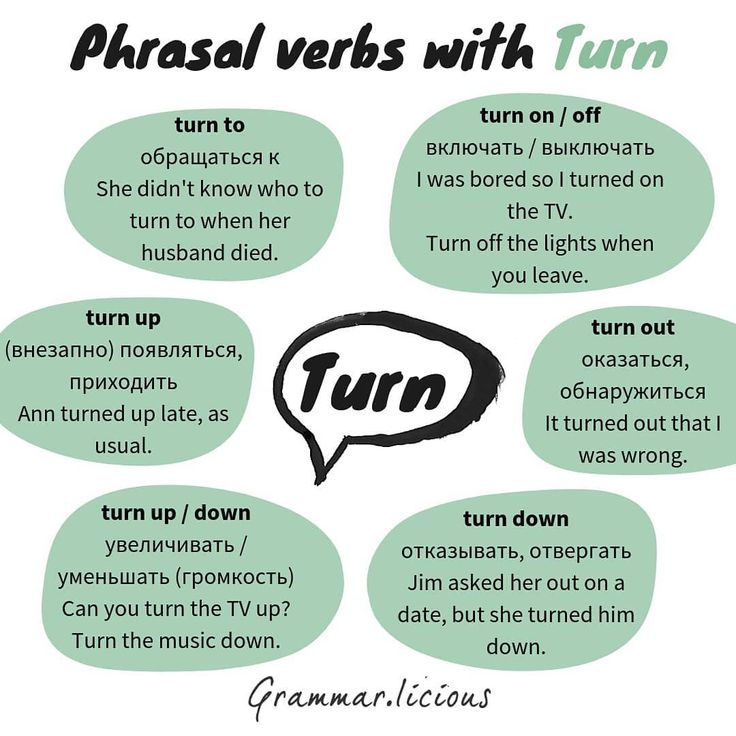
If you have any concerns about your treatment or experience any side effects, it’s important to discuss this with your doctor before making any changes.
Psychotherapy (talk therapy)
Psychotherapy helps to manage both the physical and psychological aspects of anxiety disorders.
A well-known and effective type of psychotherapy is cognitive behavioral therapy (CBT). CBT helps you understand the connections between your thoughts, feelings, and behavior.
It teaches you to identify unhelpful thought patterns and learn coping mechanisms for anxiety-provoking situations.
Over time, as you improve, the focus will shift to learning how to recognize and manage relapses.
CBT is not an instant fix and requires a commitment to regular sessions with tasks in between sessions. 12–16 weekly sessions are usually sufficient, but your therapist should discuss the recommended duration of treatment based on your needs.
Often, improvements are seen somewhere between 4–6 weeks⁷.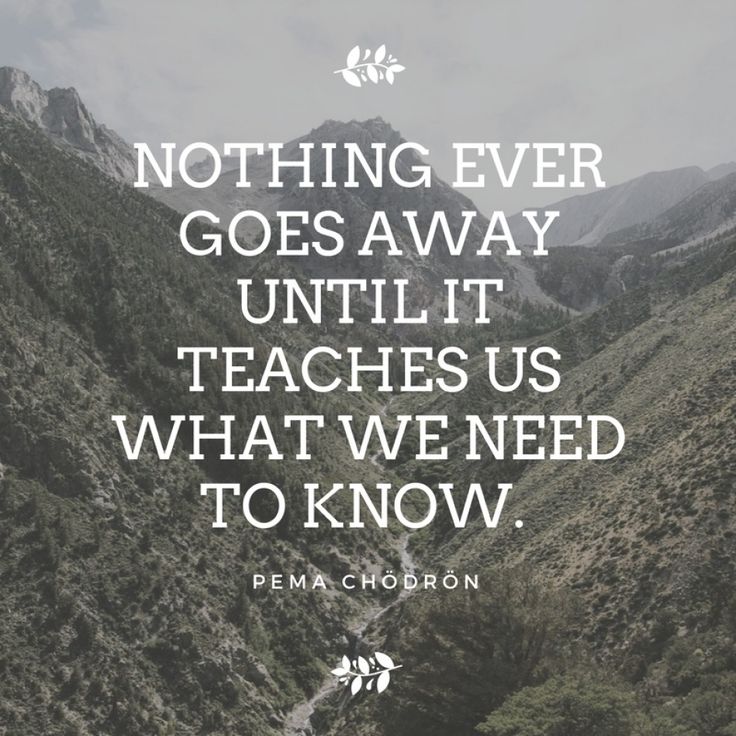
Relaxation techniques
Relaxation and breathing exercises and mindfulness meditation can help to reduce the physical symptoms of anxiety and make them feel less overwhelming. These techniques also bring your attention to the present moment and help you to ruminate less on the past and future.
A Guide To Meditating For Anxiety
Medications
Antidepressants, including selective serotonin reuptake inhibitors (SSRIs) and serotonin-norepinephrine reuptake inhibitors (SNRIs), are evidence-based effective medications for anxiety. However, they are slow-acting and can take 4–6 weeks to have a noticeable effect. One study³ shows that the recovery rates in participants taking paroxetine (an SSRI) reached 73% after 32 weeks of taking the medication, compared to 11% remission in the placebo group.
Beta-blockers can help manage and reduce physical symptoms of anxiety, short-term or as-needed to reduce acute anxiety. Benzodiazepines are sometimes used for the short-term management of anxiety symptoms. They work quickly and can bring relief within 30 minutes.
They work quickly and can bring relief within 30 minutes.
However, you can develop a tolerance and dependence on benzodiazepines when taken regularly. They become less effective over time and you may get withdrawal effects and increased anxiety when you stop taking them. Because of this, benzodiazepines are not the first line of treatment for anxiety disorders.
Notes on treatment
Research⁷ shows that a combination of psychotherapy and medication is a more effective long-term option, compared to just one or the other.
Anxiety disorders tend to be chronic or aggravated by periods of stress. To help you manage and prepare for difficult times, stay in close communication with your doctor or therapist.
Mental health conditions are highly individual, and so it is impossible to predict exactly how long your anxiety disorder will last. There is evidence to suggest that the median, or “middle” length of time for an anxiety disorder to last is 7. 5 months, but that is one study’s findings. More research is definitely warranted.
5 months, but that is one study’s findings. More research is definitely warranted.
Just remember, if you have anxiety that limits your ability to function in everyday life, many different treatment options are available. Some people can experience a full recovery, while others will improve their symptoms and significantly regain their quality of life.
Anxiety and Anxiety Disorders: Is There a Cure?
Anxiety is the body’s natural response to stress, perceived threats, and fear. Anxiety usually goes away once the threat or stressor passes and your system calms down.
However, if you have an anxiety disorder, anxiety can linger beyond the triggering event and become out of proportion. Chronic (long-term) or severe anxiety can seriously impair your daily functioning.
While you can’t banish anxiety altogether, anxiety and anxiety disorders can be treated and managed.
We’ll go over what distinguishes anxiety disorders from standard anxiety, risk factors, treatment options, and more.
A person’s tendency toward anxiety is determined by several factors, including their genetic makeup, life experiences, environment, and more.
Since it’s a natural part of the human condition, anxiety is not completely curable. But feeling anxious should be a temporary state that resolves when a stressor or trigger has passed.
Anxiety is bound to make an appearance sometimes, such as when you’re giving a big presentation at work or when you have an acute health issue.
Anxiety disorders, on the other hand, are different from average feelings of anxiety. Anxiety disorders are marked by excessive, prolonged worrying. You might feel overwhelmed easily and be unable to stop feeling anxious.
If left untreated, anxiety disorders can worsen over time and negatively impact your quality of life.
This might look like:
- avoiding personal or professional obligations
- isolating yourself or not wanting to go out
- becoming depressed
- lower self-esteem
- having panic attacks
It’s important to recognize when anxiety has too much control over you and to seek help.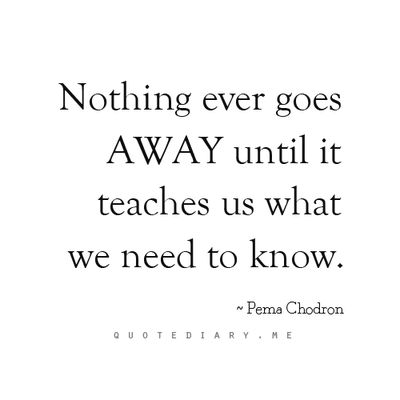 There are ways to manage anxiety and keep it from running your life.
There are ways to manage anxiety and keep it from running your life.
Anxiety is an emotional state that involves feelings of worry, apprehension, and stress. As the American Psychiatric Association explains, anxiety usually involves being concerned about something happening in the future. This could be a specific event or an abstract fear.
When you’re anxious, you can also have temporary physical symptoms, such as an increased heart rate and sweating.
Anxiety is also a state of high alert when there’s a perceived threat or possibility of a threat. It serves an evolutionary purpose to keep us alert to danger and looking out for our self-preservation.
If your anxiety starts acting up all the time, it can make small stresses and situations feel like life or death. This can negatively affect your quality of life and may indicate an anxiety disorder.
Types of anxiety disorders include:
- generalized anxiety disorder (GAD)
- separation anxiety disorder
- social anxiety disorder (fear of going out, talking with people, socializing)
- panic disorder (recurrent panic attacks)
- phobias (fear of certain things or situations)
People with post-traumatic stress disorder (PTSD) and obsessive-compulsive disorder may also experience anxiety symptoms.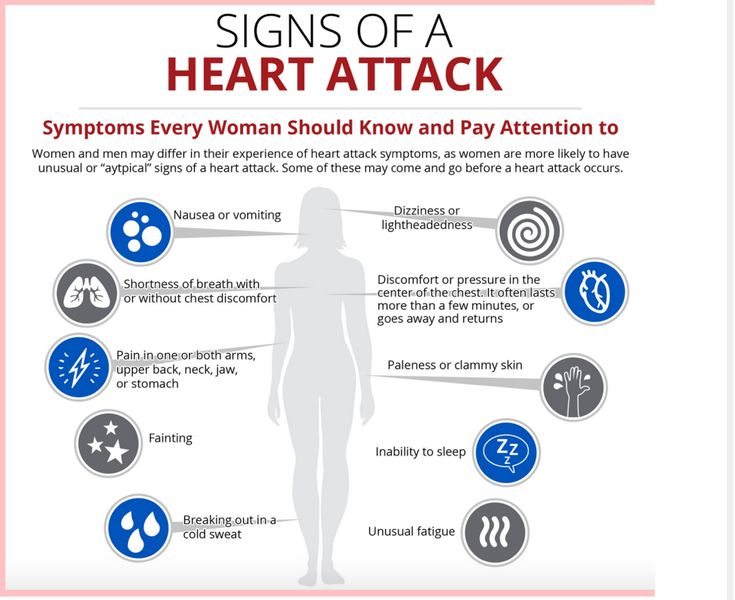 These used to be classified as anxiety disorders but are now separate in the Diagnostic and Statistical Manual of Mental Disorders, 5th edition (DSM-5). The DSM-5 is the major resource used by healthcare professionals to diagnose mental health conditions.
These used to be classified as anxiety disorders but are now separate in the Diagnostic and Statistical Manual of Mental Disorders, 5th edition (DSM-5). The DSM-5 is the major resource used by healthcare professionals to diagnose mental health conditions.
People with other types of mental health conditions, such as borderline personality disorder (BPD) and schizophrenia, may also experience anxiety more frequently than the average person.
Anxiety disorders or anxiety caused by other mental health conditions can cause significant problems in daily life. They can impact your relationships and performance at work or school.
Some risk factors for developing an anxiety disorder or a related condition include:
- exposure to significant stressful and negative events
- family history of anxiety or other mental health conditions
- health conditions such as thyroid problems or heart arrhythmia
- having a highly sensitive personality
- a tendency to be shy
Key statistics
Did you know anxiety disorders are the most common type of mental health disorder?
The National Comorbidity Study Replication (NCS-R) was conducted from 2001 to 2003. It is the largest representative survey of mental health conditions in the United States. The NCS-R categorized participants by their sex assigned at birth.
It is the largest representative survey of mental health conditions in the United States. The NCS-R categorized participants by their sex assigned at birth.
The survey found:
- Over 19 percent of U.S. adults had experienced an anxiety disorder in the past year.
- Over 31 percent will experience an anxiety disorder at some point in their lives.
- Prevalence of anxiety disorders was higher in female people and people assigned female at birth.
Anxiety is treated by psychologists, psychiatrists, and other mental health professionals.
Anxiety disorders sometimes coexist with other conditions (comorbidities), such as depression or substance use disorder. When seeking care for your anxiety, it’s important to also address any other mental health conditions.
The following are common treatment options for anxiety. Many of these have been around for a while and are associated with significant improvements in quality of life.
Talk therapy
Psychotherapy, or talk therapy, involves one-on-one sessions with a therapist. You might meet with your therapist weekly, or more or less frequently, depending on your individual situation.
You might meet with your therapist weekly, or more or less frequently, depending on your individual situation.
Talk therapy is an umbrella term. Common forms of talk therapy include:
- cognitive behavioral therapy (CBT)
- dialectical behavior therapy (DBT)
- acceptance and commitment therapy (ACT)
- interpersonal therapy
- family or couples therapy
During talk therapy, you can speak openly about your anxieties and other concerns. Your therapist can help you identify problems and work on strategies to overcome them.
Therapy can be a safe, judgment-free space to share whatever is troubling you and be yourself. Your therapist can also provide you with resources about other mental health treatment options.
We’ll overview two kinds of talk therapy commonly used for treating anxiety disorders: CBT and DBT.
Cognitive behavioral therapy
CBT has been found to be effective in treating several types of anxiety disorders, including those linked to depression, phobias, and obsessive compulsive disorder (OCD).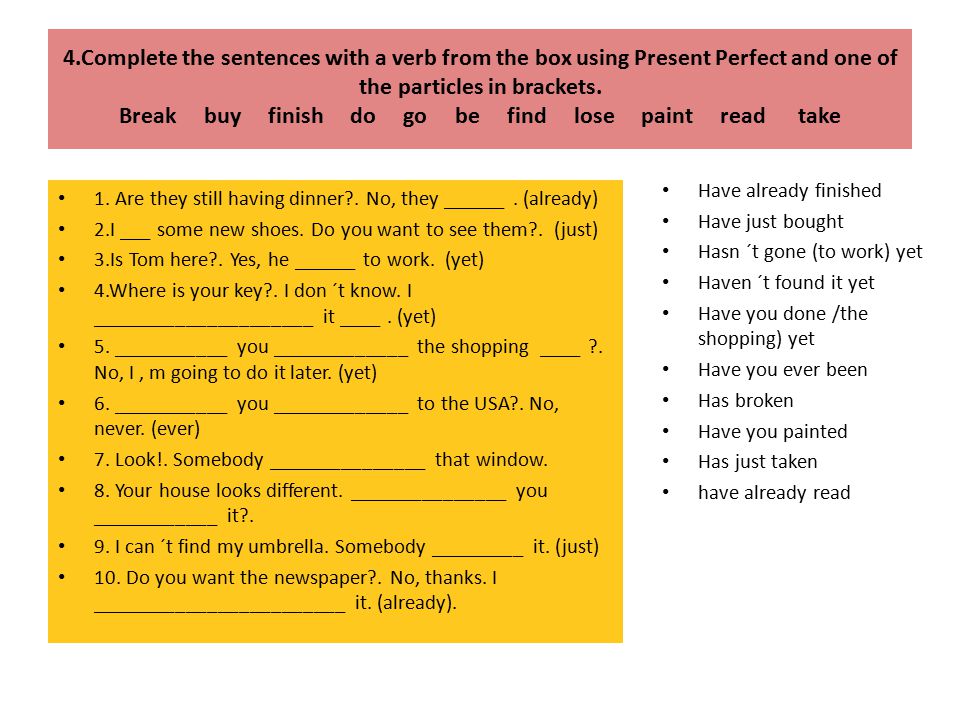 CBT is also associated with improved quality of life in people with anxiety.
CBT is also associated with improved quality of life in people with anxiety.
Here’s how it works:
- CBT is based on the idea that thoughts, feelings, and behaviors are related. This form of therapy aims to help you change your thought and behavior patterns in a way that will be beneficial to you.
- Usually, you and your therapist will agree on a number of sessions to help organize your treatment plan and structure goals.
- CBT sessions will focus on specific problems and changing the way you think about and deal with them. You practice with your therapist and on your own in between sessions.
One common method of treating anxiety disorders is a type of CBT called exposure therapy. This involves identifying the things that cause anxiety and then, in a safe and controlled setting, systematically exposing yourself to them. This could be virtual or in real life.
Exposure therapy may also involve learning relaxation techniques, a form of exposure therapy called systematic desensitization.
As you’re exposed to a stressful or feared situation in a safe setting, you begin to feel less anxious about it. This helps you manage a situation better next time it happens so anxiety is no longer running the show.
Dialectical behavior therapy
DBT is an increasingly popular therapy for people with certain mental health conditions that can cause anxiety.
Similar to CBT, the focus of DBT is behavioral change. However, DBT provides additional focus on the development of coping skills and thinking patterns that can help regulate mood, emotions, and relationships. The idea is to tap into these coping skills when you feel anxious or in other distress.
DBT programs are intensive and require a mix of one-on-one and group therapy sessions that meet weekly for several months.
For these reasons, DBT may be most helpful for those whose anxiety is severe and caused by serious mental health conditions such as borderline personality disorder (BPD), eating disorders, and substance use disorders.
Getting the help you deserve
Making the decision to start therapy can be difficult and confusing. There’s still stigma attached to talking about mental health, and it can be hard to learn how to navigate the system and find care.
You deserve care and support!
Here are some resources to help answer questions and offer guidance:
- 9 Tips for Finding the Right Therapist
- How to Choose a Counselor vs. Therapist
- Therapy for Every Budget: How to Access It
Medications
When talk therapy or behavioral therapy is not enough to manage your anxiety, your doctor may talk with you about the possibility of taking anti-anxiety medications. Sometimes this category of medications is called anxiolytics.
Anti-anxiety medications can also be prescribed by a psychiatrist.
Common types include:
- benzodiazepines
- serotonin-norepinephrine reuptake inhibitors (SNRIs)
- selective serotonin reuptake inhibitors (SSRIs)
- tricyclic antidepressants
When prescribed for anxiety, medications are typically combined with some type of talk therapy.
Benzodiazepines are typically prescribed to be taken as needed. These medications are fast-acting, and have risk of addiction. Antidepressants, including both SNRIs and SSRIs, are for daily or chronic use, and can take time to achieve a therapeutic effect. Tricyclics are also used to treat OCD.
Anxiety medications can have side effects and should always be taken as directed by your doctor. It may take more than one try to find the right medication for you.
Even if you’ve learned how to manage anxiety, it’s a safe bet that you’ll experience some level of anxiety again in your lifetime.
Anxiety may crop up in response to events such as:
- financial issues
- work stress, including in a new job
- trouble with interpersonal relationships
- fear of being alone
- dealing with serious health issues
- loss of a loved one
- major life changes, such as marriage or a move
Your anxiety level is likely to fluctuate throughout your life, depending on what’s happening or what’s on your mind.
Remember — anxiety is not inherently bad. It can help us be prepared for whatever comes our way. But when you’re feeling anxious all the time and feel unable to calm down, this is a cause for concern.
Chronic anxiety that is out of proportion to the stressor or situation may signify an anxiety disorder.
When you feel anxious, it may help to acknowledge the fact that you’re anxious. If you can, try and take a step back and consider the situation. Identifying who or what is making you anxious can be a useful coping tool.
During times of stress and alarm, it can help to remember that your feelings of anxiety should pass once the stressful event is over.
Here are a few things you can do to help lower your anxiety in the moment:
- Reach out to someone you trust for support. Sometimes, talking things through can help you gain calm and relieve anxious thoughts.
- Set boundaries. Try to practice saying no to work or personal requests if you have too much on your plate.

- Practice activities that might help calm or center you:
- meditation
- yoga
- deep breathing
- going for a walk
- your favorite kind of exercise
- Do something that helps you relax physically:
- soaking in a warm bath
- playing soothing music
- enjoying aromatherapy
- watching your favorite TV show or movie
- If you practice CBT or DBT, try tapping into some of your distress coping tools, and try to mindfully redirect your behavior or attention.
Here’s an introductory overview of some things you can do to help reduce anxiety in the long term.
Get regular exercise
The World Health Organization (WHO) recommends at least 150 minutes of moderate exercise a week for most adults.
A 2019 study found that this amount of exercise can reduce symptoms of anxiety and depression.
Practice mindfulness and meditation
Being mindful means stepping back, tuning out the unimportant, and paying attention to what’s happening in the moment. Mindfulness involves tuning into your surroundings and what’s going on inside you.
Meditation is the practice of training your mind to redirect your thoughts and channel your focus and awareness.
There are many types of meditation, and all of them require some practice. Many resources are readily available to help you get started.
Consider downloading a meditation app or taking a meditation class to help you learn. The techniques you learn in meditation can come in handy when coping with a stressful situation.
Practicing meditation is associated with multiple health benefits, including improved sleep and lower stress.
Get plenty of sleep
Getting enough restful sleep is essential to your overall health and well-being. For adults, 7 to 8 hours of sleep a night is ideal.
2020 research connects lack of sleep with elevated daytime anxiety. The National Institutes of Health (NIH) reports there are many other adverse effects, too:
- In children, hyperactivity can occur.

- In adults, feeling cranky, exhausted, and moody is common.
- Both children and adults may experience trouble focusing.
Some people have insomnia and are chronically under-sleeping, or have health conditions that affect sleep.
Here are some tips and resources for prioritizing a good night’s sleep:
- Tools and Tricks to Calm Your Anxiety and (Finally) Get Some Sleep
- 10 Reasons to Get More Sleep
- 10 Healthy Sleep Hygiene Habits
Eat well
A varied and nutritious diet is one of the most important things you can do for your physical and mental health. This includes avoiding foods you are allergic or sensitive to, which cause inflammation in your body.
Always reach out to a dietitian, nutritionist, or your primary care doctor before making substantial dietary changes.
Limiting intake of certain foods is also important to reducing the risk of health conditions like heart disease and diabetes. It can help make sure you maintain healthy energy levels and get all the nutrients your body needs to function.
Try to consume the following in moderation:
- sugar
- alcohol
- caffeine
- sodium
The MyPlate resource from the United States Department of Agriculture (USDA) can help you assess your current diet and identify which foods to include.
Certain foods have been associated with helping reduce anxiety and other mental health issues. These foods include:
- green tea
- dark chocolate
- salmon
- yogurt
Stay socially engaged and get support
Prioritize maintaining a strong social network. This could look like a small group of close, trusted friends or a wider net. Social interactions can distract you from your own stressors and give you someone to turn to when you need to talk.
Spending time with friends and family who you feel safe and comfortable around can help limit social anxiety. It can also provide a safe space to share feelings and stresses to prevent them from building up inside you.
You might also find it helpful to connect with others who are dealing with anxiety.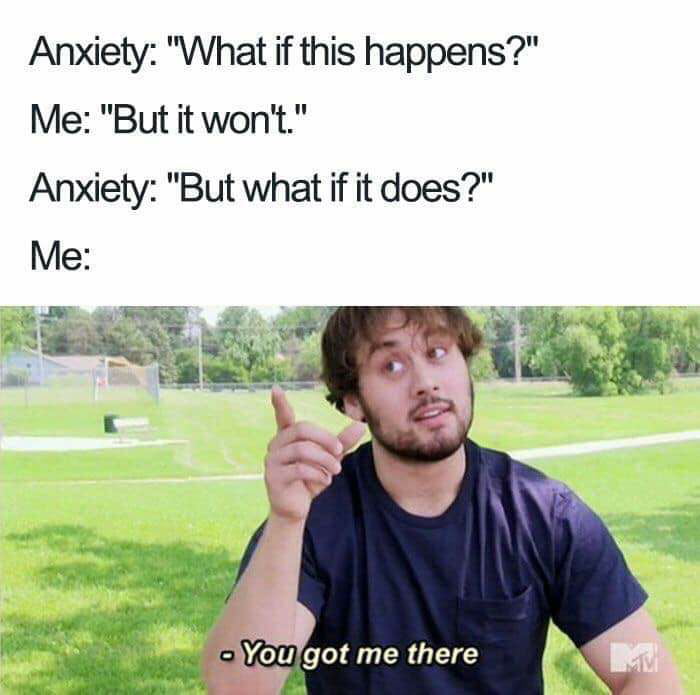 You’re not limited to in-person connection, either. You can reach out online, on the phone, or through video chat.
You’re not limited to in-person connection, either. You can reach out online, on the phone, or through video chat.
Resources for anxietyIf you’re dealing with anxiety, you’re not alone. These organizations offer resources that can help:
- Anxiety & Depression Association of America
- Mental Health America
- The Tribe Wellness Community
There are many ways to treat anxiety that exist outside traditional medicine. These may not work for everyone, and not all of them are backed with research. However, it can be empowering to explore your options, and you might just discover a new approach that helps.
Acupuncture
Use of acupuncture to help anxiety is growing in popularity. Acupuncture is an ancient Chinese therapy tracedback thousands of years.
During an acupuncture session, a practitioner will insert tiny, thin needles into pressure points on your body. Putting pressure on these points is thought to balance the body’s systems, reducing pain and stress.
2018 research suggests acupuncture may be a safe and effective alternative way to alleviate anxiety. However, experts agree more research is needed to determine its efficacy.
Massage
Massage is the practice of using hands, pressure, and touch to ease pain and stress in the body. There are many types of massage, and often a license is required to operate as a masseuse.
Popular types of massage are:
- Swedish massage
- shiatsu massage
- sports massage
- trigger point therapy
2014 research on patients who have undergone heart surgery suggests massage is an effective way to significantly reduce health-related anxiety.
Animal-assisted therapy
Animal-assisted (pet) therapy is a type of therapy that incorporates the human-animal bond into a person’s mental health treatment plan. Increasingly, animal-assisted therapy is offered by mental health practitioners.
Common therapy animals include:
- dogs
- cats
- horses
- pigs
During animal-assisted therapy, you may be paired up with a dog, cat, horse, pig, or other animal.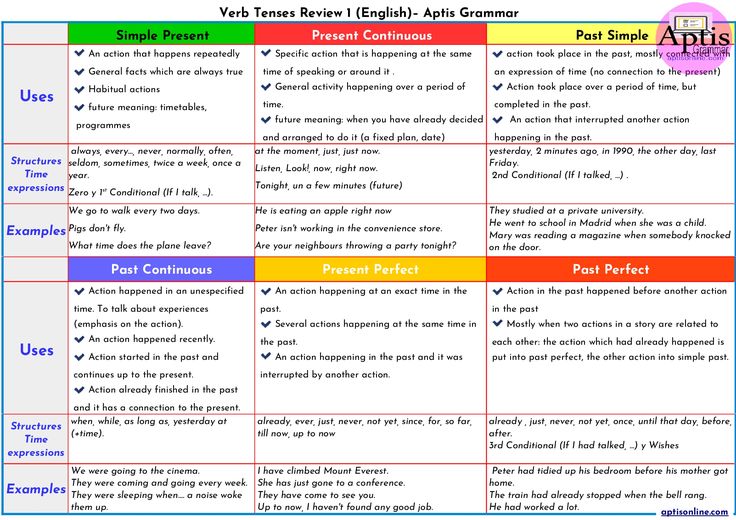 You may interact with this animal during therapy sessions, or you may receive a recommendation for a service animal, such as one used for emotional or medical support.
You may interact with this animal during therapy sessions, or you may receive a recommendation for a service animal, such as one used for emotional or medical support.
Researchers have found numerous benefits of animal-assisted therapy, such as:
- feeling less alone
- feeling more comfortable in social situations
- higher self-esteem
- lower overall feelings of anxiety
Light therapy
Getting enough sunlight, which contains vitamin D, is important to your overall health.
Lack of proper sunlight is associated with many adverse health effects, which can in turn affect stress and anxiety levels. Associated conditions include:
- type 1 diabetes
- hypertension (high blood pressure)
- certain types of cancer
- asthma
- Alzheimer‘s disease
Prioritizing getting enough sunlight can boost your mood and energy, which can reduce anxious feelings. When getting sunlight, be sure to wear adequate sun protection, including sunscreen and sunglasses.
Artificial light therapies are increasingly common and have been associated with numerous health benefits. However, some still remain controversial, and not all experts agree they work.
Light therapy may involve different colored beams (often red or blue) and is organized into timed sessions.
Various light therapies target:
- depression
- moods
- migraine
- skin problems
- wound healing
A 2018 study of 58 epilepsy patients found daily light therapy was useful for reducing their anxiety and depression.
Music therapy
For many people, music therapy may be a helpful way to alleviate or prevent feelings of anxiety. Throughout human history, music has been used to soothe, energize, and inspire.
Music therapists are experts in teaching people how to use music to benefit their mental health.
Music therapy can look like:
- listening to music on your own
- working with a music therapist in individual sessions toward specific goals
- learning a new instrument, playing or composing music
Listening to music has been shown to have several benefits for your health, including:
- lowering heart rate
- helping with sleep
- pain relief
- reducing anxiety
- lowering cortisol levels
- improving mental health
Though the following natural remedies have been linked to diminished anxiety in some studies, more research is needed to prove a definitive helpful connection.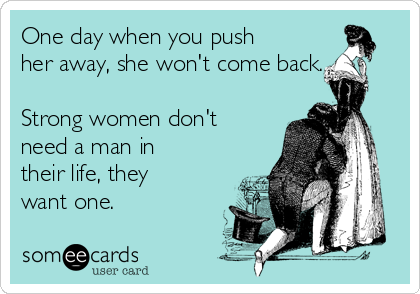 However, many home remedies for anxiety and mood disorders have long been popular and have a lot of anecdotal support.
However, many home remedies for anxiety and mood disorders have long been popular and have a lot of anecdotal support.
It’s important to consult a doctor before starting any of the following natural remedies, especially if you have preexisting health conditions or are on medication. Natural remedies for anxiety include:
- CBD (comes in various forms)
- chamomile (including tea and oil)
- magnesium
- valerian root
- lemon balm
Everyone experiences anxiety at one time or another. Anxiety usually goes away once the triggering event is over, but it may reoccur depending on your life circumstances.
An anxiety disorder can become a long-term condition. If left untreated, anxiety disorders can worsen and substantially disrupt your life. Anxiety has been linked to an increased incidence of depression and substance use disorders, among other health complications.
While you may not be able to banish anxiety forever from your life, anxiety disorders can be treated and managed with traditional and alternative therapies.
These include:
- behavioral therapies
- talk therapy
- medication
- lifestyle changes
Not all treatment options will work for everyone, and you may have to explore a few to find one that’s right for you.
You don’t have to deal with anxiety alone. If your anxiety feels overwhelming or unmanageable, reach out to a healthcare or mental health professional for help. You don’t have to handle anxiety on your own, and you deserve care and support.
treatment, how to get rid of anxiety, how to deal with anxiety for no reason
Anxiety is a negatively colored mood with feelings of worry, tension, and fear. In moderation, such emotions are useful: they help to mobilize forces and find a way out of extreme situations. But there must be grounds for concern, and normally it lasts a limited period of time.
If a person constantly experiences a feeling of anxiety and anxiety for no reason, this may indicate the presence of a mental disorder.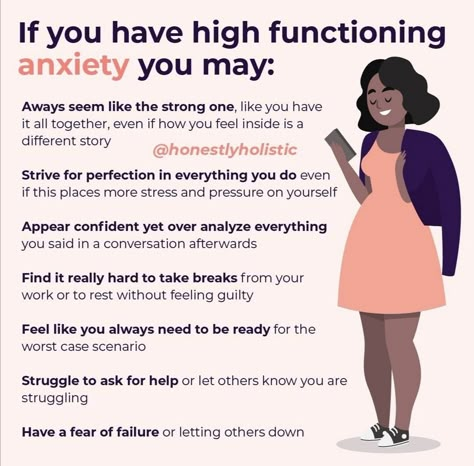 In the absence of help, constant tension wears out the nervous system and the body as a whole, which leads to a breakdown in adaptation mechanisms and the development of chronic diseases. nine0003
In the absence of help, constant tension wears out the nervous system and the body as a whole, which leads to a breakdown in adaptation mechanisms and the development of chronic diseases. nine0003
If you notice that you cannot relax for a long time, then you should think about visiting a specialist.
In pathological cases, a state of anxiety and restlessness without a cause manifests itself both mentally and physically.
Mental symptoms:
- constant feeling of fear and excitement for no reason,
- poor concentration and attention,
- sleep disorders,
- emotional lability, irritability, tearfulness,
- inability to relax and fully engage in daily activities or communication,
- the need to reassure others that everything is okay. At the same time, words of support do not bring relief.
Physical symptoms:
- rapid breathing and heartbeat,
- headaches, pain in the abdomen and in the region of the heart,
- excessive sweating,
- eating disorders: increased or loss of appetite,
- weakness,
- shivering, chills,
- stool disorders: frequent urge, constipation,
- feeling short of breath,
- nausea,
- muscle spasms and pain.
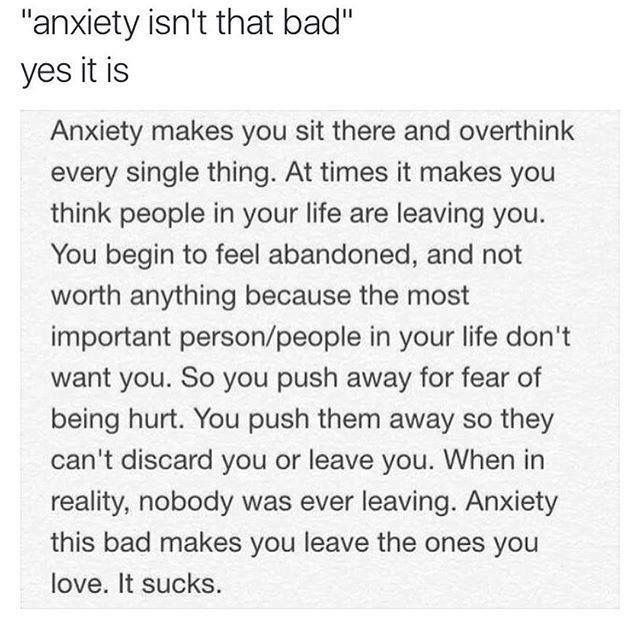
Unreasonable anxiety and anxiety increase or smooth out from time to time. Exacerbations often accompany stress: conflicts, important events, illness. Normally, a person recovers quickly after the situation is resolved, but when upset, negative emotions do not go away. nine0003
The intensity of anxiety varies from mild to severe. The extreme is panic. If you ignore an anxiety state for a long time for no reason, then panic attacks can join it. They overtake unexpectedly and sometimes without a good enough reason, but after this episode, a person begins to avoid situations similar to the one in which it happened: public transport, an elevator, or just a crowd of people. This greatly reduces the quality of life and can lead to social isolation. nine0003
Causes of causeless anxiety and anxiety
The occurrence of anxiety disorder is influenced by heredity. It has been found that certain brain structures and features of biological processes play an important role in the emergence of fear and anxiety. Personal characteristics, somatic health problems, lifestyle and various types of addictions also matter. Sometimes there is no cause for causeless anxiety and worry. Negative feelings usually have a trigger - an event or thought that causes an anxious response. However, most people are not aware of their triggers and believe that their emotions are groundless. In this case, only a specialist will help to understand why excitement arises for no reason. nine0003
Personal characteristics, somatic health problems, lifestyle and various types of addictions also matter. Sometimes there is no cause for causeless anxiety and worry. Negative feelings usually have a trigger - an event or thought that causes an anxious response. However, most people are not aware of their triggers and believe that their emotions are groundless. In this case, only a specialist will help to understand why excitement arises for no reason. nine0003
There are a number of diseases, the symptoms of which are constant anxiety. With causeless fear and anxiety, the reasons may be as follows:
- Generalized Anxiety Disorder: Persistent nervousness and worry over small things that are usually visible to others and last 6 or more months. It starts in adolescence and intensifies with age.
- Obsessive-compulsive disorder: obsessive thoughts and fears that are accompanied by obsessive actions that do not bring relief. Obsessive-compulsive disorder is distinguished - a person is indomitably haunted by memories that reproduce a traumatic situation.
 nine0014
nine0014 - Phobias: irrational fear of any, even mundane, things. Accompanied by uncontrolled panic and physical manifestations.
- Panic attack - an excruciating and sudden attack of panic, which is accompanied by a fear of death and vivid somatic symptoms. The regular occurrence of panic attacks means the development of a panic disorder.
- Post-traumatic stress disorder: occurs after a severe traumatic situation and is accompanied by high levels of anxiety, avoidance and flashbacks. nine0014
These are the most common examples, but pathological anxiety can be a symptom of other disorders or the result of a failed stress management. If you want to understand why there is a feeling of anxiety for no reason, you should consult a doctor. Without clarifying the main factor and working on it, it is impossible to restore health and peace of mind.
What to do with causeless anxiety and anxiety
It is difficult to live in constant stress. If you experience causeless anxiety and fear of what to do, the following list will tell you: nine0003
If you experience causeless anxiety and fear of what to do, the following list will tell you: nine0003
- Talk to someone you trust. This could be a relative, a close friend, a therapist, or a helpline employee. People are social creatures, so communication is a good way to relieve internal tension.
- Find a way to calm down quickly. There is not always a person with whom you can share. Therefore, it is important to find a suitable method that will help you relax: breathing techniques, soothing music, aromatherapy, self-massage, and more. If you cannot independently choose a technique that quickly helps with anxiety for no reason, a specialist will tell you what to do. nine0014
- Add physical activity to your life. It is a natural and effective remedy for anxiety. Moderate sport relieves stress, lowers stress hormones, and strengthens the nervous system. Get at least 30 minutes of physical exercise a day.
- Normalization of lifestyle. Get enough sleep, eat well, give up bad habits.
 This stabilizes physical performance and neurotransmitter levels, which helps maintain emotional balance. nine0014
This stabilizes physical performance and neurotransmitter levels, which helps maintain emotional balance. nine0014 - Start keeping a diary. Notes help identify patterns of anxiety flare-ups, understand the causes, and notice early signs of their occurrence. Also, thanks to this, you will begin to focus more on positive events that you might not have noticed before.
With excitement for no reason, everyone who regularly encounters this wants to know what to do. There is no universal method, however, the 5 steps listed above are recommended for every person with increased anxiety. This may be enough to alleviate symptoms. But if self-help techniques do not give the desired effect, then with a regularly occurring feeling of anxiety for no reason, you need to find out from a specialist what to do. nine0003
Treatment of causeless feelings of anxiety and restlessness
Regardless of the cause of pathological anxiety, professional help is the only complete method to eliminate the problem. If you have constant excitement and anxiety for no reason, you can quickly and effectively learn from a psychiatrist or psychotherapist how to get rid of this condition.
If you have constant excitement and anxiety for no reason, you can quickly and effectively learn from a psychiatrist or psychotherapist how to get rid of this condition.
Due to the diversity of anxiety disorders, their therapy must be adapted to the individual clinical picture and diagnosis. Therefore, only a highly qualified specialist who has experience working with different types of anxiety conditions can tell you how to get rid of an anxiety state for no reason. For example, the therapy algorithm for a patient with obsessive-compulsive disorder (OCD) is different from the help for panic attacks. nine0003
For a state of anxiety and anxiety without a cause, treatment includes the following approaches:
- Psychotherapy. The most promising direction, which not only eliminates the symptom, but identifies the cause and fights it. Therapy teaches when feeling anxiety for no reason, how to get rid of acute attacks of anxiety, relax, look at life situations differently.
 The doctor will help to uncover the main causes of your fears and work them out. The patient receives the tools to overcome anxiety and uses them successfully. Cognitive-behavioral therapy is usually used: in the course of treatment, the patient encounters an object of concern and gradually gains confidence that he can control the situation. nine0014
The doctor will help to uncover the main causes of your fears and work them out. The patient receives the tools to overcome anxiety and uses them successfully. Cognitive-behavioral therapy is usually used: in the course of treatment, the patient encounters an object of concern and gradually gains confidence that he can control the situation. nine0014 -
Medical therapy. Depending on the type of anxiety and the presence of associated mental or physical health problems, antidepressants, sedatives, sleeping pills, and other drugs may be prescribed. When anxiety is felt without a cause, drug treatment will alleviate the symptoms and improve the quality of life of the patient during his psychotherapeutic work on the underlying cause. Uncontrolled medication leads to dangerous side effects and withdrawal syndrome, so they can only be used according to the individual course prescribed by the doctor. nine0003
It is recommended to use a combination of psychotherapeutic and drug treatment, but sometimes only the first one is enough.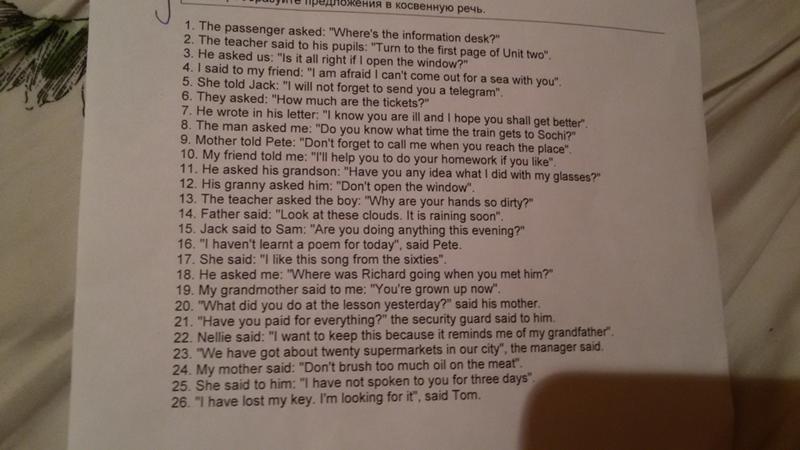
You should not put off visiting a doctor if you feel that experiences are preventing you from living. Over time, the symptoms worsen and other severe mental illnesses join: depression, neurotic disorders, and more. If the normalization of lifestyle does not help, it means that you will understand how to get rid of unreasonable anxiety only from a psychotherapist. With a timely appeal to a competent specialist, only a few sessions of psychotherapy may be enough for recovery. nine0003
Thanks to modern psychotherapeutic approaches, hundreds of people are making great strides every day in the fight against anxiety disorders. There is no need to endure the painful burden of fear and anxiety, because timely assistance allows you to achieve excellent results: the patient will fully recover and return to a full life, and the improvement will be noticeable after the first session.
How anxiety distorts reality
- Bobby Azarian
- BBC Future
Sign up for our ”Context” newsletter: it will help you understand the events.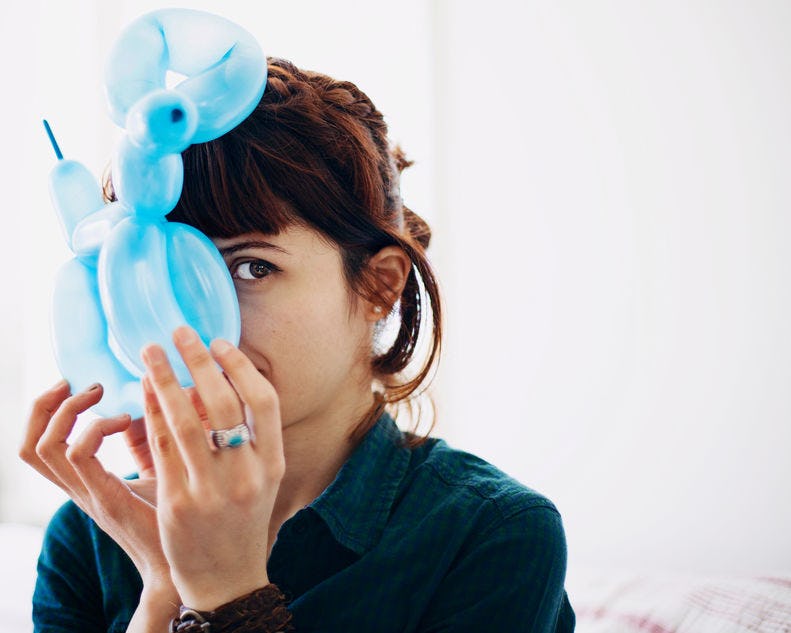
Image copyright Thinkstock
Anxiety tendencies can have a profound effect on how we perceive the world. columnist for BBC Future wondered if a new treatment could help relieve constant anxiety.
All sorts of disturbing thoughts are rushing through your head, your pulse quickens and your breathing gets out of hand. Anxiety gives way to fear, and then you suddenly panic. nine0003
You feel confused and overexcited. If these symptoms are familiar to you, then know that you are not alone.
- Chemophobia: a false fear that prevents you from seeing real dangers
- Fear of mathematics - where does it come from?
- What every big boss secretly fears
- Birds that fear death
Actresses Jennifer Lawrence and Emma Stone, musician Brian Wilson of the Beach Boys and singer Taylor Swift, artist Vincent van Gogh and poet Emily Dickinson suffered paralyzing anxiety attacks .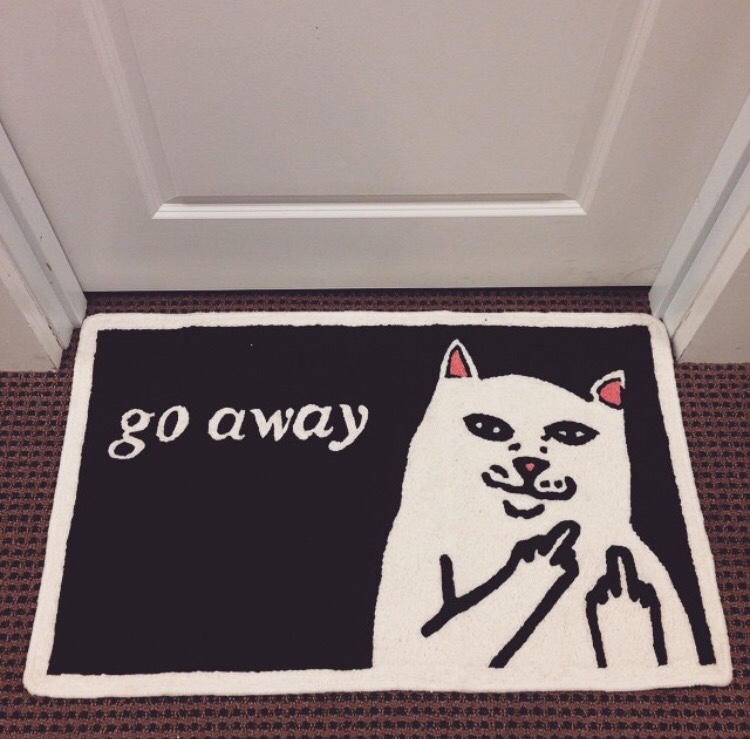 nine0003
nine0003
Everyone knows that anxiety affects the emotional state of a person and prevents him from interacting with the outside world.
However, few people know about the impact that anxiety has on our attention in everyday life. Because of it, the priorities of attention are shifted, which entails a change in the information entering the brain and, consequently, our perception of reality.
This can have far-reaching consequences. By influencing attention, anxiety can shape a person's worldview and value system in a certain and predictable way. It can also affect our beliefs without our knowledge. nine0003
To avoid the distortion of reality caused by anxiety, you first need to understand the mechanisms that regulate attention and how to control them.
According to a metaphor inspired by the work of the talented and progressive 19th century American psychologist William James, our visual attention system is much like a searchlight "scanning" the world around us.
This "spotlight of attention" is a limited area of space that is the focus of attention at a certain moment. What gets into it, the brain consciously processes, but what remains outside it does not. nine0003
Looking at the world around, a person focuses on the subject that he would like to examine better. Our brain is not able to process in detail an object, text or environment if they are not in the center of attention.
Image copyright, iStock
Image caption,Our mind works like a searchlight, helping us notice important details
Skip the Podcast and continue reading.
Podcast
What was that?
We quickly, simply and clearly explain what happened, why it is important and what will happen next.
episodes
The End of the Story Podcast
You can understand how this works by looking at a person reading a book in a crowded train car. His eyes move across the page from left to right, line by line. At the same time, the "spotlight of attention" moves from word to word.
His eyes move across the page from left to right, line by line. At the same time, the "spotlight of attention" moves from word to word.
The word on which a person focuses attention is clearly perceived by his consciousness, while the words that lie outside the "spotlight of attention" seem blurry and mostly illegible. nine0003
Such localization is necessary because the simultaneous perception of all visual information about the environment would lead to "overload" of the brain, which is a system with limited resources, like a computer.
"Spotlight" allows the brain to focus only on the important, ignoring all unnecessary information. Thanks to this, we are able to perceive the reality around us.
In most cases, we consciously choose where to focus our attention, but this process is not always under our voluntary control. nine0003
At the same time, not all objects and phenomena around us are perceived by us in the same way. So, for example, a bright flash of light or a sharp movement where it should not be, automatically attracts our attention, and it moves to the point where it arose.
So, for example, a bright flash of light or a sharp movement where it should not be, automatically attracts our attention, and it moves to the point where it arose.
Few people like it when something sharply distracts their attention, but this does not happen by chance. The involuntary switching of attention is necessary in order to immediately notify a person about what is vital for his survival. nine0003
For an ancient man, the reason for the automatic switching of attention could be a prey running by, or, if less lucky, an approaching danger - a predator or a dangerous enemy, for example.
Image copyright, iStock
Image caption,Without the "attention spotlight" we wouldn't be able to read because it helps us focus on a few words while ignoring the rest. nine0003
Snakes, spiders, angry or frightening faces, threatening postures, and weapon-like objects are all capable of drawing our attention. We can say that visual attention prioritizes threats in the interests of self-defense.
Undoubtedly, this function helps a person to survive, but anxiety can make a system for quickly and effectively detecting threats hypersensitive, as a result of which the "attention spotlight" begins to work to the detriment of a person.
So, for example, you can lose some control over your own attention, because it focuses too quickly on what the brain perceives as a danger, regardless of whether it really is or not. nine0003
And when a person focuses only on danger, negative information takes over his consciousness.
To understand exactly how anxiety can completely change a person's worldview, changing the priorities of attention, think about what it is like for a person with a high level of anxiety to travel by train through a densely populated metropolitan area.
Imagine that you are standing on a crowded subway platform, looking out into the crowd around you. Your attention is automatically attracted to people with an unfriendly expression, while cheerful faces you simply ignore. nine0003
nine0003
As a result, you feel that everyone around you is a little upset, and your mood deteriorates.
As you are waiting for your stop on the train, you notice that a large man in a hooded sweatshirt sitting next to you is suddenly thrusting his hand into his pocket, as if trying to get a weapon.
Luckily, he pulls out a mobile phone from his pocket, but the whole situation makes you wonder what would happen if it was a gun.
As a result, you become even more convinced that the subway is a dangerous place, full of dubious characters and irritated people. nine0003
Image copyright, iStock
Image caption,We have evolved to be able to spot potentially dangerous objects in our environment, such as spiders, which can be poisonous
Now imagine this happening all the time. Due to the fact that the threat is a priority, we filter out all the good and perceive only the bad. The cognitive system is overwhelmed with excitement and fear.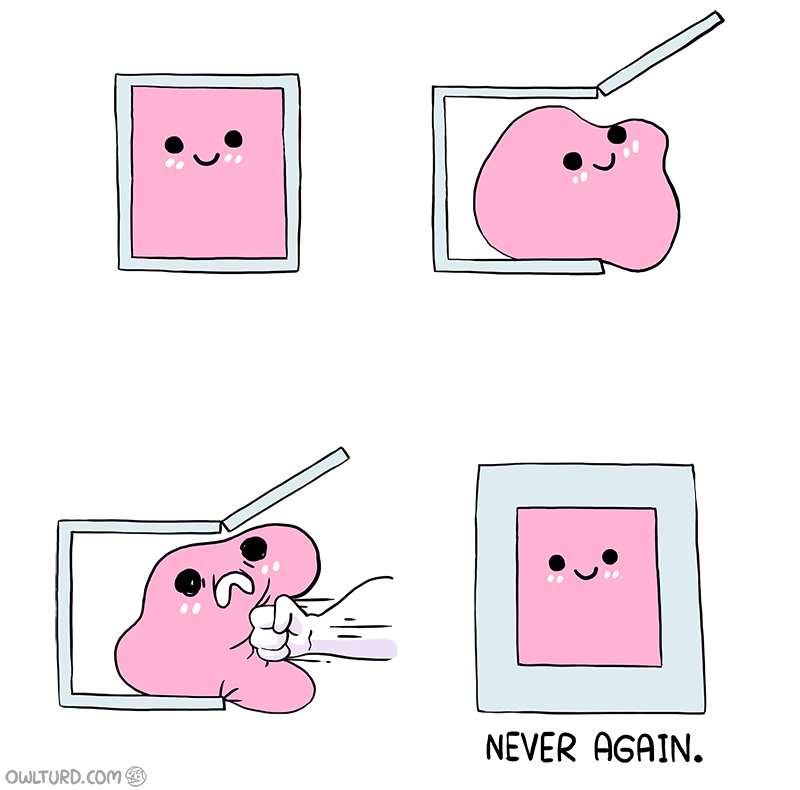
This causes anxiety to have too much of an effect on how we evaluate our environment. In fact, to anxious people, the world literally seems to be a frightening and dysfunctional place. nine0003
These radical changes in perception can shape a person's worldview, including their political and ideological beliefs.
For example, a 2009 study showed that anxiety can affect a person's attention in such a way that all people from the Middle East begin to seem dangerous to him. This undoubtedly influences his political views regarding immigration.
As part of the experiment, the researchers asked participants from Western countries with different levels of anxiety to take a computer test. It consisted of pressing a key in response to visual stimuli appearing on the screen. nine0003
First, the subjects saw a word flashing on the screen, and then two faces - an Arab and a European, on each of which a dot from the sight could appear.
The results showed that people with high anxiety responded more quickly to the dots that appeared on the faces of people with an Arab appearance if they were previously shown a word associated with terrorism - for example, "bomb".
This means that when an anxious person was made to think about terrorism, the faces of people from the Middle East were at the center of his visual attention, which indicates the expectation of danger. nine0003
Research findings explain why people with high levels of anxiety often side with politicians who promise to protect the country by banning immigration and imposing tough national security measures.
This is confirmed by the results of another study conducted in 2012 by a group of scientists from the University of Nebraska at Lincoln.
They found that people who pay more attention to negative images tend to lean towards the right politically. nine0003
In one experiment, researchers showed liberal and conservative participants computer collages of pictures with positive and negative connotations.
At the same time, they tracked the subjects' eye movements to understand what they were paying attention to.
Image copyright, iStock
Image caption,If a person is prone to anxiety, the whole world can seem dangerous to him
They found that those whose attention was immediately and permanently attracted to unpleasant and repulsive images - for example, traffic accidents, dead bodies and open wounds - more often identified themselves as conservatives. nine0003
The authors of the study find it logical that people who are more alert and receptive to threats often support center-right politicians who promise to protect society from external threats by strengthening military power and national security, introducing tougher penalties for criminals and discouraging immigration.
In its extreme manifestations, anxiety can have a serious negative impact on human health, but you can change the situation by training your attention. nine0003
nine0003
What's more, today this can be done with convenient computer programs and even smartphone apps.
The most popular form of training is Attention Bias Modification Training (ABMT for short), also commonly known as Cognitive Bias Modification (CBM for short).
It can include different tasks united by one goal. In standard training, patients see pictures with positive and negative images on the computer screen. As a rule, these are happy and gloomy faces, replacing each other hundreds of times. nine0003
Since anxiety is related to focusing on negative stimuli, patients are asked to select positive images by pressing a key or screen.
By doing this again and again, and ideally for several days or weeks in a row, they get into the habit of paying attention not to the threat and negative information, but to what carries positive information.
Image copyright, iStock
Image caption,Can we find a way to correct this skewed threat perception and get rid of anxiety? nine0003
Dozens of studies have confirmed the effectiveness of this method.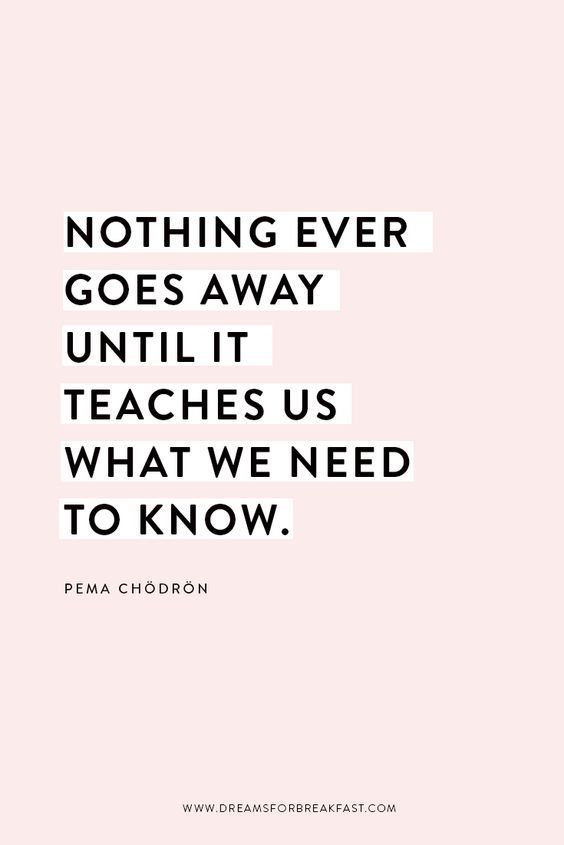 Of particular interest is one published in the Journal of the Association for Psychological Sciences, Clinical Psychological Science.
Of particular interest is one published in the Journal of the Association for Psychological Sciences, Clinical Psychological Science.
It showed that a 25-45 minute session of ABMT therapy played on a mobile phone reduced threat alertness, subjective anxiety, and observed stress sensitivity.
Patients suffering from anxiety disorders but unable to receive treatment at the clinic can now also receive psychological help with just a few minutes of a fun mobile game on their way to work. nine0003
However, some scientists are skeptical about ABMT. In some recent studies, the effectiveness of this type of therapy has been called into question.
Scientists have proven that single sessions of ABMT are no more beneficial than other cognitive-based treatments for anxiety disorders, such as cognitive behavioral therapy, and in some cases even placebo.
Scientist, professor, and licensed psychologist Per Carlbring of Stockholm University admits that these criticisms are valid, but notes that mindfulness training should not be abandoned entirely.

